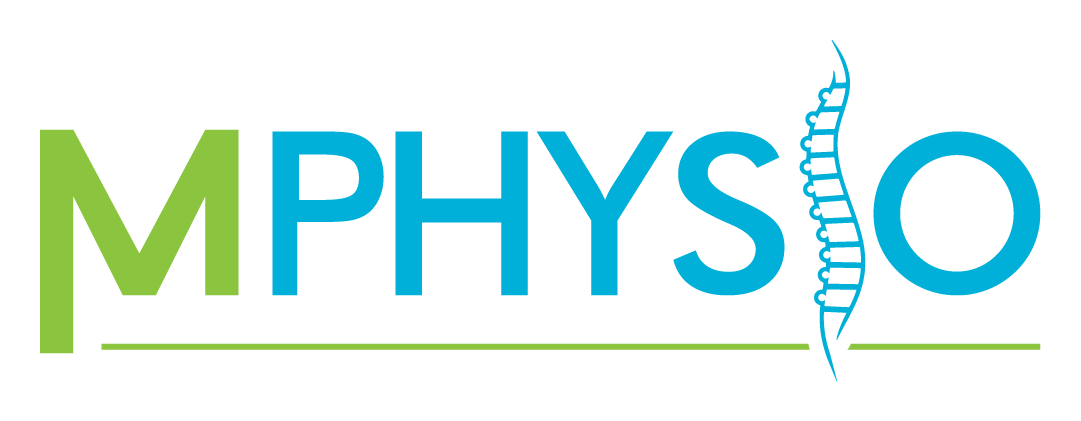Physiotherapy
Shoulder Pain – What is Impingement?
Shoulder impingement is thought to be the process where by tendon, nerves and other capsular structures are irritated by being in a narrowed subacromial space during movement.
Irritation of these structures results in the stimulation of pain pathways. This often results in pain with over-head movement, and can result in pain travelling down the arm. Overtime, increased friction can cause minor tears in the supraspinatus tendon which travels through the subacromial space. Shoulder impingement is an umbrella term as pain associated with shoulder impingement can be from a number of causes, and it is these causes that must be treated.
Sources of pain include poor scapulohumeral rhythm, labral tear, rotator cuff tear or tendinopathy, poor motor control of the head of humerus or the scapula and many more.
How is Shoulder Impingement Diagnosed?
Shoulder impingement itself isn’t often the full diagnosis, and it is more likely you will be diagnosed with one of the terms/conditions mentioned above as a source of pain.
If you are experiencing insidious onset shoulder pain, seeing a physiotherapist as your first contact medical professional is recommended. The physiotherapist will be able to perform certain tests to establish what is going on at the shoulder, and also adopt the best course of treatment.
Tests include active range of movement, observing movement patterns and muscle strength assessment as well as some more specialized tests.
The Hawkins Kennedy test and the Neer’s test should be used to identify potential impingement pain, and other tests can be used to rule out alternative causes of pain.
Signs and symptoms of impingement:
- Pain in the front of the shoulder
- Pain with movements above 90 degrees
- Loss of rotator cuff strength and mobility
- Pins and needles or numbness travelling down the arm (indicates neural involvement)
Treatment of Shoulder Pain
Initial rest and limitation of aggravating is necessary to allow the inflammatory processes to calm down in order to reduce the irritability of the structures of the joint. Taking non-steroidal anti-inflammatory medications may also help to relieve pain and inflammation, but your local pharmacist should be consulted.
Joint mobilization can assist with short term pain relief but in terms of physiotherapy and long-term rehabilitation, exercise is key in reducing pain. Isometric muscle contractions (static contraction) of the rotator cuff may be prescribed as a “Panadol” exercise for short term pain relief.
Strengthening
Common strength exercises include targeting the rotator cuff group, which helps with internal and external rotation of the shoulder, as well as other back muscles. Lower trapezius, middle trapezius and serratus anterior are commonly weak or under active, coupled with an overactive upper trapezius/levator scapulae so strengthening of those muscles can be critical. Latissimus dorsi is commonly tight or overactive, so may require stretching. On top of this, generalized upper body strength training is an important part of rehabilitation, especially if the end goal is to return to sport or loaded overhead activities.
Stretching
Anterior or posterior capsule tightness (commonly posterior) may be a contributing factor to impingement. To stretch the posterior capsule, the sleeper stretch is used. This is where you lie with the injured shoulder on the bed, and your elbow bent to 90 degrees. Using your other hand help to lower your injured arm towards the bed until the back of your shoulder begins to stretch. For efficacy, this should be held for a minimum of 30s and repeated several times.
Motor Control
The physiotherapist may also prescribe exercises to help improve motor control and correct posture. A common contributing factor to shoulder impingement is poor biomechanical movement patterns. This means that the scapular may not be moving optimally due to muscular imbalances and poor control. For example, a weak serratus anterior can lead to increased humeral movement and anterior translation which may result in some impingement symptoms. Therefore, strengthening the serratus anterior using SA push ups may help.
Retraining correct scapular rhythm (including proper amounts of tilt and rotation) may also be an option, depending on presenting deficits.
Postural correction of anteriorly placed shoulders will help to decrease pain and also limit overuse of certain muscles. For this, you may be asked to set a reminder on your phone or computer at work to adjust your posture. Overtime, you will no longer need the reminder as the new adapted posture will become normal.
The shoulder is a complicated joint and the above barely scrapes the surface on ways shoulder pain can be approached. If you have any questions, or are interested in seeing a physiotherapist about your shoulder complaints, get in contact today and one of our experienced physiotherapists will be able to do a thorough assessment!
Phone: 1800 992 999
Email: [email protected]
Imagine a life free of pain!

